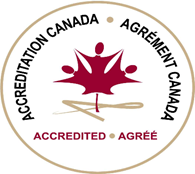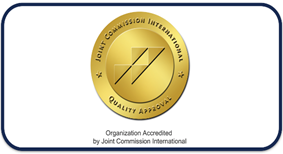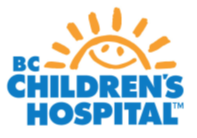“Doing the right thing right, the first time and every time”
Improve the quality of health care includes the study of daily activities, services and comparing to standards of excellence.
Safety culture, effective communication, medication use, work environment, work life, workforce of the equipment and tools, infection control and risk assessment are the most essential practices that must have in place to enhance patient/client safety and minimize risk.
QUALITY INDICATORS
- Number of patients with self Extubation.
- Number of patients developed-cross-infection.
- Number of patients acquired-ventilator associated Pneumonia (VAP) and catheter related.
- Number of patients developed pressure sores.
- Number of patients re-admitted within 48 hours following discharged
- Medication Use
- Patient Survey
NURSING SENSITIVE INDICATORS
PATIENT-CENTERED INDICATORS
- Fall Rate
- Infection Rate
- Immediate Care Environment
- Medication Administration Error
- Pressure Ulcer Rate
NURSING - CENTERED INDICATORS
- Needle Stick Injury
- Nurse Education/Certification
- Nursing Staff Turnover
SYSTEM – CENTERED INDICATORS
- Nursing Documentation
- Safe Clinical Environment

ACCREDITATION CANADA
Accreditation Canada is bringing a range of leading-edge programs and services to improve the quality of health services and patient safety internationally.
http://www.internationalaccreditation.ca

JOINT COMMISSION INTERNATIONAL
JCI accreditation is considered the gold standard in global health care.
http://www.jointcommissioninternational.org

B.C. CHILDREN’S HOSPITAL
British Columbia Children's Hospital is a medical facility located in Vancouver, British Columbia, and is an agency of the Provincial Health Services Authority. It specializes in health care for patients from birth to age 17.
http://www.bcchildrens.ca
|